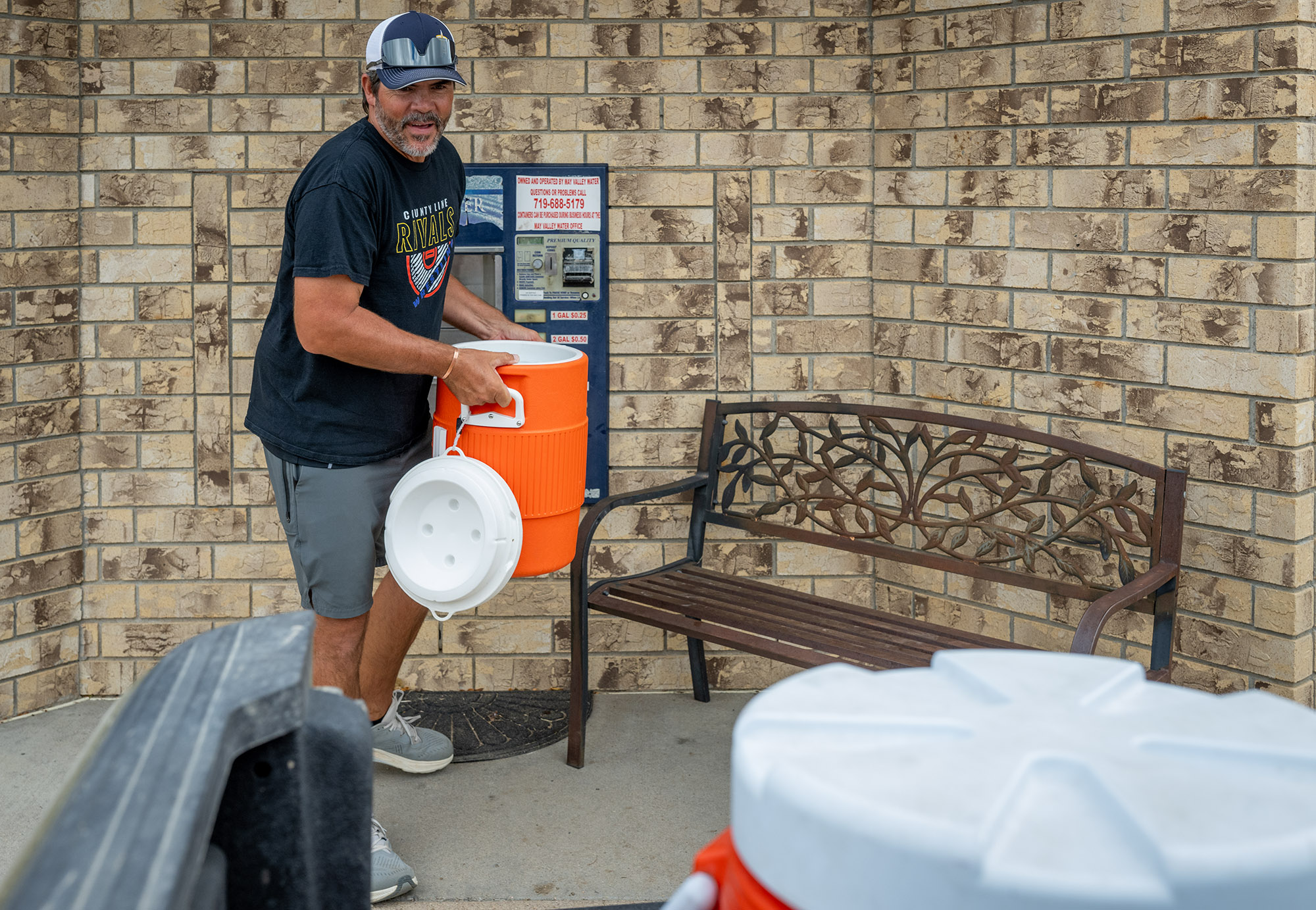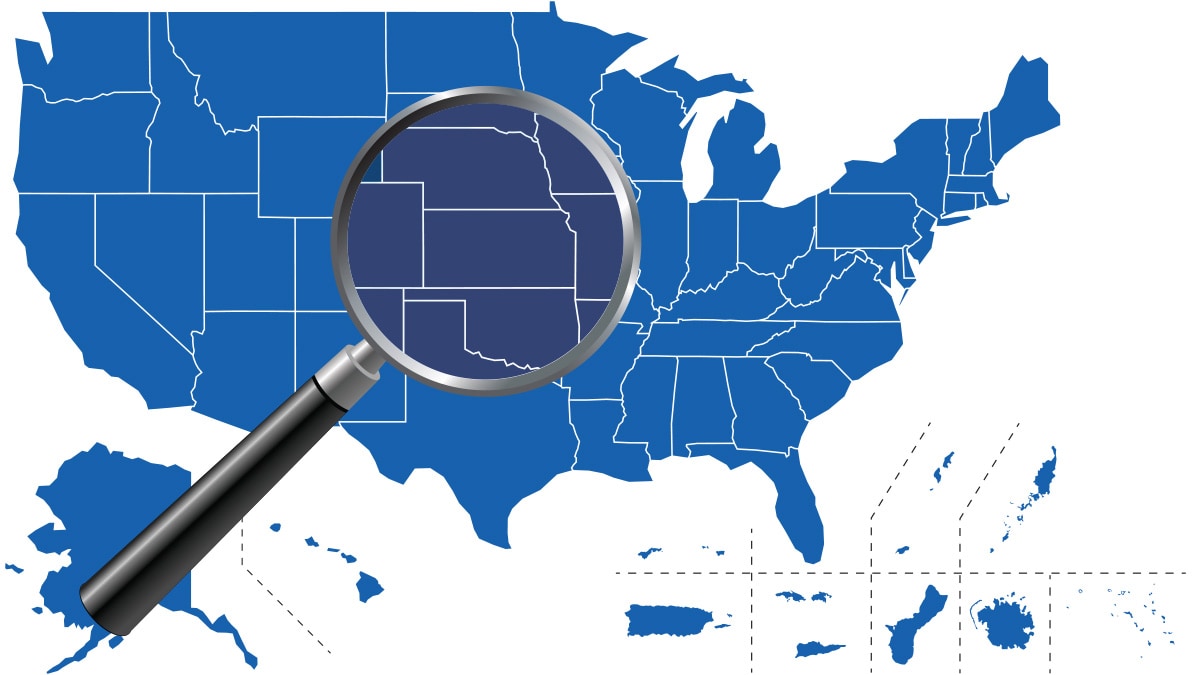Report on Proposed Elimination of WaterSMART Program and Implications for Sustainable Development Goals
Executive Summary
A recent federal budget proposal for the 2026 fiscal year recommends the complete elimination of the WaterSMART program, a critical funding mechanism administered by the Bureau of Reclamation. Since 2010, this program has been instrumental in advancing several United Nations Sustainable Development Goals (SDGs) across the Western United States by funding projects related to water conservation, ecosystem restoration, and climate resilience. This report details the program’s contributions to the SDGs, the potential impacts of its termination, and the collective response from regional stakeholders.
The WaterSMART Program’s Role in Advancing Sustainable Development Goals
The WaterSMART (Sustain and Manage America’s Resources for Tomorrow) program provides federal grants that are matched with state and local funds to address escalating water scarcity and drought conditions. The program’s objectives align directly with multiple SDGs:
- SDG 6: Clean Water and Sanitation: By funding over 2,350 projects focused on water conservation, water recycling, and drought preparedness, WaterSMART directly supports Target 6.4 (substantially increase water-use efficiency) and Target 6.5 (implement integrated water resources management).
- SDG 13: Climate Action: The program enhances climate resilience by providing communities with resources to prepare for and adapt to the impacts of climate change, specifically intensifying drought conditions.
- SDG 14 (Life Below Water) & SDG 15 (Life on Land): Many grants fund projects for habitat restoration, such as improving fish passages and restoring river ecosystems, contributing to the protection of freshwater biodiversity.
- SDG 17: Partnerships for the Goals: WaterSMART exemplifies a successful partnership model, leveraging over $3.2 billion in federal investment with local and state resources to achieve shared sustainability objectives.
Impact Analysis: Colorado Case Study
Since 2010, Colorado has received funding for 118 projects, demonstrating the program’s vital role in state-level sustainability efforts. These initiatives serve as concrete examples of SDG implementation:
- Boulder Creek Headwaters: A project to restore habitat directly contributes to SDG 15 (Life on Land).
- Western Slope Irrigation Ditches: Improvements enhance agricultural water efficiency, aligning with SDG 6 (Clean Water and Sanitation).
- Poudre River Fish Passages: The addition of passages supports SDG 14 (Life Below Water) by protecting aquatic ecosystems.
- San Juan River Restoration: A 2.5-mile restoration project, partially funded by WaterSMART, improves fisheries and recreation, advancing both environmental and economic sustainability goals.
According to Hannah Holm of American Rivers, the program is an essential funding source for ecologically-focused, multi-benefit projects that would otherwise be difficult to implement.
Proposed Budgetary Changes and Anticipated Consequences
The President’s Fiscal Year 2026 budget proposal requests the elimination of all funding for the WaterSMART program. This is part of a broader proposed reduction of approximately $600 million from the Bureau of Reclamation’s current $1.86 billion budget. The termination of WaterSMART would create a significant funding gap, jeopardizing the progress made towards achieving water-related SDGs in the Western states. The Bureau of Reclamation has not provided information on how the proposed cuts would affect water conservation efforts or what, if any, programs would replace WaterSMART.
Stakeholder Response and Advocacy
In response to the proposed cuts, a coalition of 103 organizations, including municipal governments like the city of Thornton and conservation groups such as Trout Unlimited and the Colorado Wildlife Federation, has formally appealed to Congress. In a joint letter, the stakeholders highlighted the program’s critical function:
- Addressing Infrastructure Needs: The letter emphasizes that federal funds are crucial for water infrastructure investments that exceed the financial capacity of state and local governments alone, a core principle of SDG 17 (Partnerships for the Goals).
- Responding to Climate Change: The coalition stressed that as drought conditions intensify due to climate change, sustained annual funding for these activities is more important than ever for regional stability and environmental health.
This collective action underscores the perceived value of the WaterSMART program as a key tool for sustainable development and climate adaptation in the American West.
SDGs Addressed in the Article
SDG 6: Clean Water and Sanitation
- The article’s central theme is the WaterSMART program, which directly addresses water management. It focuses on issues like “water conservation,” “worsening drought and water scarcity,” “water recycling,” and “drought preparedness,” all of which are core components of SDG 6.
SDG 15: Life on Land
- The article highlights that WaterSMART funding supports “ecologically-focused projects,” “habitat restoration,” and the implementation of “fish passages.” Specific examples include restoring habitat near Boulder Creek and on the San Juan River, which directly relates to the protection and restoration of freshwater ecosystems as outlined in SDG 15.
SDG 11: Sustainable Cities and Communities
- The program provides federal funds to “local governments and organizations” for “water infrastructure investments.” This support helps communities, such as the city of Thornton and the town of Pagosa Springs, build resilience against water-related challenges like drought, which is a key aspect of making human settlements sustainable and resilient.
SDG 13: Climate Action
- The article explicitly mentions that the program helps communities address “worsening drought” and supports “drought preparedness.” As intensifying droughts are a direct consequence of climate change, these actions contribute to strengthening resilience and adaptive capacity to climate-related hazards.
SDG 17: Partnerships for the Goals
- The article describes a multi-level partnership where federal funds from the WaterSMART program are “combined with state and local dollars.” It also notes the collaborative advocacy effort where “103 groups,” including non-profits and city governments, co-signed a letter to Congress, demonstrating a multi-stakeholder partnership to achieve a common goal.
Specific SDG Targets Identified
SDG 6: Clean Water and Sanitation
-
Target 6.4: By 2030, substantially increase water-use efficiency across all sectors and ensure sustainable withdrawals and supply of freshwater to address water scarcity.
- The article mentions that WaterSMART funds projects for “water conservation” and “improving irrigation ditches,” which are direct measures to increase water-use efficiency and manage water scarcity in the drought-prone West.
-
Target 6.5: By 2030, implement integrated water resources management at all levels, including through transboundary cooperation as appropriate.
- The program’s funding of “multi-benefit projects” that address water conservation, habitat, and recreation simultaneously points to an integrated management approach. The collaboration between federal, state, and local entities exemplifies management at different levels.
-
Target 6.6: By 2020, protect and restore water-related ecosystems, including mountains, forests, wetlands, rivers, aquifers and lakes.
- The article provides specific examples of projects funded by WaterSMART that align with this target, such as “restoring habitat near the headwaters of Boulder Creek,” adding “fish passages along the Poudre River,” and the “restoration project on the San Juan River.”
SDG 15: Life on Land
-
Target 15.1: By 2020, ensure the conservation, restoration and sustainable use of terrestrial and inland freshwater ecosystems and their services.
- The article’s focus on “habitat restoration,” “ecologically-focused projects,” and specific river restoration efforts on the San Juan, Boulder Creek, and Poudre River directly supports the restoration and sustainable use of inland freshwater ecosystems.
-
Target 15.5: Take urgent and significant action to reduce the degradation of natural habitats, halt the loss of biodiversity and, by 2020, protect and prevent the extinction of threatened species.
- Projects mentioned, such as adding “fish passages” and improving “fisheries on a 2.5-mile stretch of the river,” are actions aimed at reducing habitat degradation and protecting aquatic biodiversity.
SDG 11: Sustainable Cities and Communities
-
Target 11.5: By 2030, significantly reduce the number of deaths and the number of people affected and substantially decrease the direct economic losses relative to global gross domestic product caused by disasters, including water-related disasters.
- The program’s support for “drought preparedness” directly addresses community resilience to water-related disasters, as the article states, “As drought conditions continue to intensify, sustained, annual funding for these activities is more important than ever.”
SDG 17: Partnerships for the Goals
-
Target 17.17: Encourage and promote effective public, public-private and civil society partnerships, building on the experience and resourcing strategies of partnerships.
- The article describes the WaterSMART program as a public partnership (federal funding for local governments). It also highlights a civil society partnership, where “103 groups,” including organizations like Trout Unlimited and American Rivers, collaborated to advocate for the program’s funding.
Indicators for Measuring Progress
- Amount of financial resources mobilized: The article provides specific figures that can be used as indicators of financial commitment. It states that over “$3.2 billion” has been sent to Western states since 2010 through the WaterSMART program. The proposed budget cut of “$600 million” is also a quantifiable metric.
- Number of projects implemented: The article mentions that the program has funded “more than 2,350 projects” in total and “118 projects in Colorado since 2010,” serving as a direct indicator of the scale of action.
- Extent of restored ecosystems: Progress towards habitat restoration can be measured by the area or length of ecosystems restored. The article provides examples, such as the restoration of “roughly two miles of the San Juan River” and another “2.5-mile stretch of the river.”
- Number of stakeholder partnerships: The level of collaboration can be measured by the number of participating entities. The letter submitted by “103 groups” is a clear indicator of a broad multi-stakeholder partnership.
Summary of SDGs, Targets, and Indicators
| SDGs | Targets | Indicators |
|---|---|---|
| SDG 6: Clean Water and Sanitation |
6.4: Increase water-use efficiency. 6.5: Implement integrated water resources management. 6.6: Protect and restore water-related ecosystems. |
– Amount of financial resources for water projects ($3.2 billion since 2010). – Number of water conservation projects funded (Part of the 2,350 total). – Length of restored river ecosystems (“roughly two miles of the San Juan River”). |
| SDG 15: Life on Land |
15.1: Conserve and restore freshwater ecosystems. 15.5: Reduce degradation of natural habitats. |
– Number of habitat restoration projects (e.g., Boulder Creek, Poudre River, San Juan River). – Length of restored river (“2.5-mile stretch of the river”). – Implementation of projects to protect biodiversity (e.g., “fish passages”). |
| SDG 11: Sustainable Cities and Communities | 11.5: Reduce the impact of water-related disasters. |
– Number of projects addressing “drought preparedness.” – Amount of funding for water infrastructure investments in local communities. |
| SDG 13: Climate Action | 13.1: Strengthen resilience and adaptive capacity to climate-related hazards. | – Implementation of projects addressing “worsening drought” and “drought preparedness.” |
| SDG 17: Partnerships for the Goals | 17.17: Encourage effective public and civil society partnerships. |
– Number of groups in a partnership (“103 groups” co-signed the letter). – Evidence of federal, state, and local financial collaboration. |
Source: cpr.org







